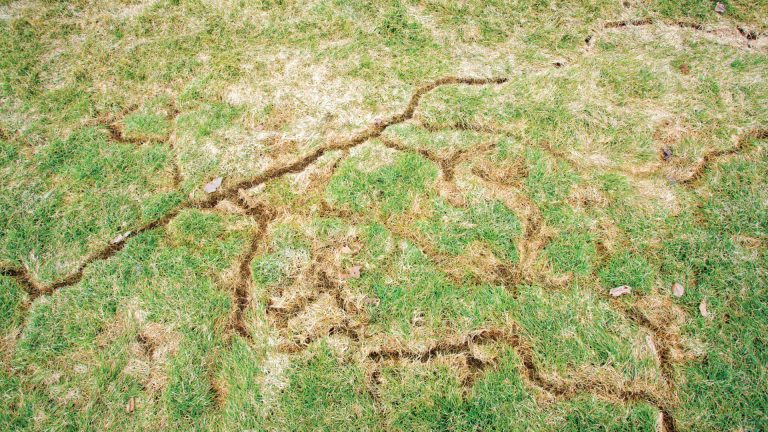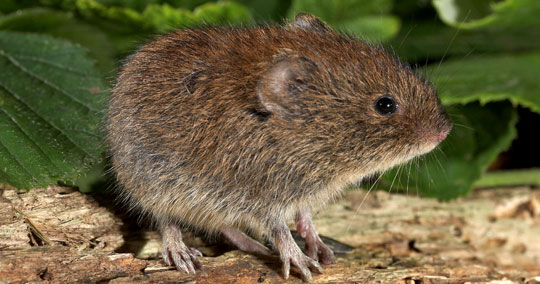Defend Your Utah Property: Advanced Vole Control Techniques
Defend Your Utah Property: Advanced Vole Control Techniques
Blog Article
Vole Bug Control Demystified: A Complete Introduction of Invasion Detection and Efficient Therapy Techniques
As homeowner and garden enthusiasts, the breach of voles can be a relentless problem that needs an organized approach for reliable administration. By comprehending the behavior patterns of these elusive rodents, one can gain valuable insights right into their choices and routines. From subtle signs of problem to the application of targeted control measures, browsing the world of vole insect control demands a mix of knowledge and strategic action. In this comprehensive review, we will certainly check out the nuances of vole invasion detection and look into the world of reliable treatment methods that can safeguard your rooms from these below ground nuisances.
Recognizing Vole Actions Patterns
Understanding the elaborate behavior patterns of voles is essential for efficiently implementing insect control steps in agricultural and household settings. Voles, tiny rats that resemble mice but with stouter bodies, are infamous for their quick recreation rates and voracious hungers for vegetation. By diving into their habits patterns, insect control experts can get beneficial understandings right into vole routines, preferences, and vulnerabilities.
Voles are mostly herbivores, eating a wide variety of plants, roots, bulbs, and bulbs. They are also prolific tunnelers, creating intricate underground burrow systems for nesting and foraging (vole control utah). By comprehending these practices, parasite control specialists can purposefully place traps and lure terminals along vole runways and access points, increasing the possibility of effective removal
Furthermore, knowledge of vole habits patterns can aid in establishing preventative actions to deter future infestations. By resolving elements that draw in voles, such as dense greenery cover and easily available food resources, homeowner can make their facilities less welcoming to these harmful parasites. Finally, a detailed understanding of vole behavior is critical in designing lasting and efficient parasite control techniques.
Identifying Indicators of Vole Invasion
Efficient vole bug control begins with promptly identifying the indicators of vole invasion on residential or commercial properties. Among one of the most common indicators of vole presence is the existence of surface runways. These paths are slim paths through yard or greenery that voles develop as they take a trip in between their burrows and food resources. Furthermore, vole droppings are one more clear indicator of invasion. Vole droppings are small, round pellets that are frequently discovered along their paths or near their burrows.
In enhancement to paths and droppings, gnaw marks on tree bark and plants are also signs of vole activity. The existence of burrow openings in the ground indicates an active vole population.
Being alert for these indicators can help homeowner spot vole problems early and take suitable insect control actions to avoid more damage.
Executing Targeted Control Actions
What specific approaches can be utilized to efficiently execute targeted control procedures for vole insect monitoring on properties? Implementing targeted control procedures for vole bug monitoring requires a multi-faceted approach that combines both avoidance and eradication techniques. Among the crucial approaches is environment modification, which entails getting rid of vole-friendly settings such as tall grass, weeds, and particles near buildings. Setting up barriers like equipment fabric or crushed rock around yard beds and tree trunks can likewise help hinder voles - vole control.
Capturing is one more effective method for managing vole populaces. Live catches can be tactically positioned along vole paths or tunnel entryways, baited with peanut butter or apple pieces. Once caught, voles need to be humanely gotten rid of to a various go now place to stop reinfestation.

All-natural and Environmentally Friendly Remedies
The fostering of ecologically aware methods can play a critical role in taking care of vole populaces without causing damage to the ecological community. Green and natural solutions supply a lasting approach to vole pest control, decreasing the use of hazardous chemicals and advertising biodiversity in the impacted locations.
One efficient all-natural method is using killer urine or killer decoys. Killers like owls, foxes, and snakes are the vole's natural adversaries. By strategically putting killer pee or decoys around the infested areas, voles might be prevented from clearing up in those places.
In addition, planting vole-resistant plants can assist in minimizing vole damage. Plants such as daffodils, crown imperials, and Siberian squill are known to be unattractive to voles and can act as natural repellents.
Moreover, producing physical obstacles like cord mesh or crushed rock around at risk plants can stop voles from accessing them. These barriers can help secure gardens and landscapes without posing any threat to the atmosphere or other non-target types. By incorporating these green and natural remedies, vole invasions can be handled successfully while preserving environmental balance.
Long-Term Prevention Techniques
To sustainably attend useful reference to vole invasions gradually, carrying out positive actions is important for long-term avoidance techniques. One effective approach for long-term avoidance is environment adjustment. By decreasing thick greenery, mulch, and mess around buildings, you can make your building much less appealing to voles. Furthermore, mounting obstacles like fencings or below ground wire mesh can aid discourage voles from invading your yard or yard.
Routine tracking of Website vole task is vital for very early detection of any kind of indicators of problem. Establishing up vole catches can assist in regulating their populace prior to it ends up being a full-on infestation. It is likewise important to secure off any type of access points to structures or buildings to stop voles from getting.
In addition, maintaining a neat and tidy atmosphere can discourage voles from making your home their home. Eliminating food sources like dropped fruits, seeds, and animal food can aid in making your residential or commercial property less appealing to these bugs. By integrating these positive actions with natural solutions and efficient therapy approaches, you can develop a thorough long-term vole insect control technique.

Conclusion
In final thought, recognizing vole habits patterns, determining indications of problem, executing targeted control steps, using natural and green solutions, and carrying out long-lasting prevention techniques are essential actions in successfully managing vole infestations. By being aggressive and taking the needed actions to resolve vole problems immediately, people can successfully regulate and stop vole invasions in their properties.
From refined signs of infestation to the application of targeted control procedures, navigating the realm of vole bug control demands a mix of understanding and strategic activity.Reliable vole insect control starts with quickly recognizing the telltale indicators of vole infestation on homes. Applying targeted control measures for vole insect management requires a multi-faceted strategy that integrates both avoidance and removal approaches. Establishing up vole traps can aid in managing their populace before it becomes a full-on problem. By incorporating these proactive actions with all-natural remedies and efficient therapy methods, you can develop a thorough long-term vole bug control strategy.
Report this page